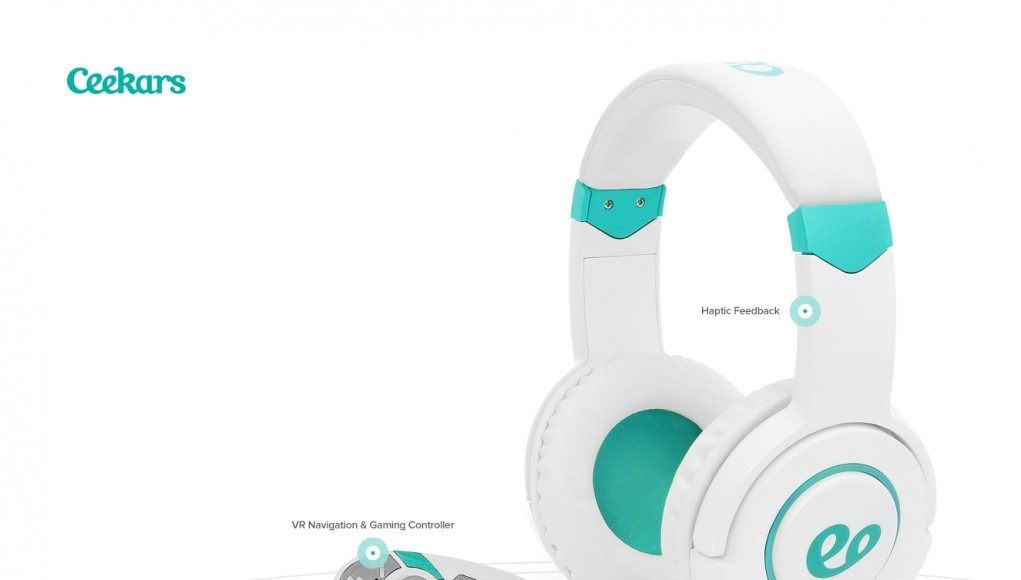 Mary Spio is the president and founder of Next Galaxy, and she’s working on a number of different VR experiences including music videos, medical training, and enterprise applications. They’re also developing the Ceekars 4D Headphones in order to increase the immersion from audio. They’ve included haptic feedback on the ears and band of the headphones in order to do things like amplify the feeling of wind blowing or a passing train. Mary loves going to concerts, and so she’s channelling her passion for music into the virtual reality experiences that she’d like to have. Next Galaxy is working with some heavy metal bands and talks more about how she sees that VR could help increase the engagement and distribution of music for bands who adopt the technology.
Mary Spio is the president and founder of Next Galaxy, and she’s working on a number of different VR experiences including music videos, medical training, and enterprise applications. They’re also developing the Ceekars 4D Headphones in order to increase the immersion from audio. They’ve included haptic feedback on the ears and band of the headphones in order to do things like amplify the feeling of wind blowing or a passing train. Mary loves going to concerts, and so she’s channelling her passion for music into the virtual reality experiences that she’d like to have. Next Galaxy is working with some heavy metal bands and talks more about how she sees that VR could help increase the engagement and distribution of music for bands who adopt the technology.
LISTEN
Become a Patron! Support The Voices of VR Podcast Patreon
Theme music: “Fatality” by Tigoolio







